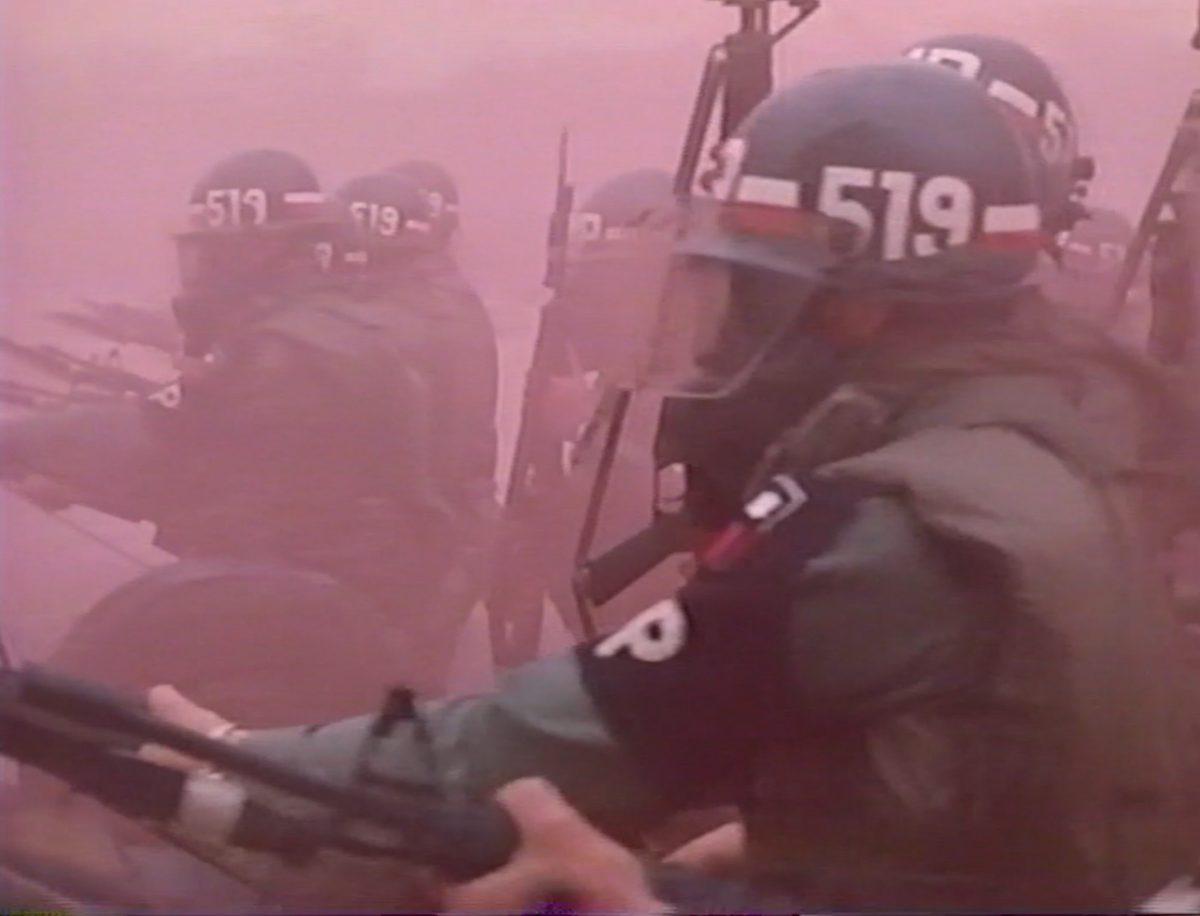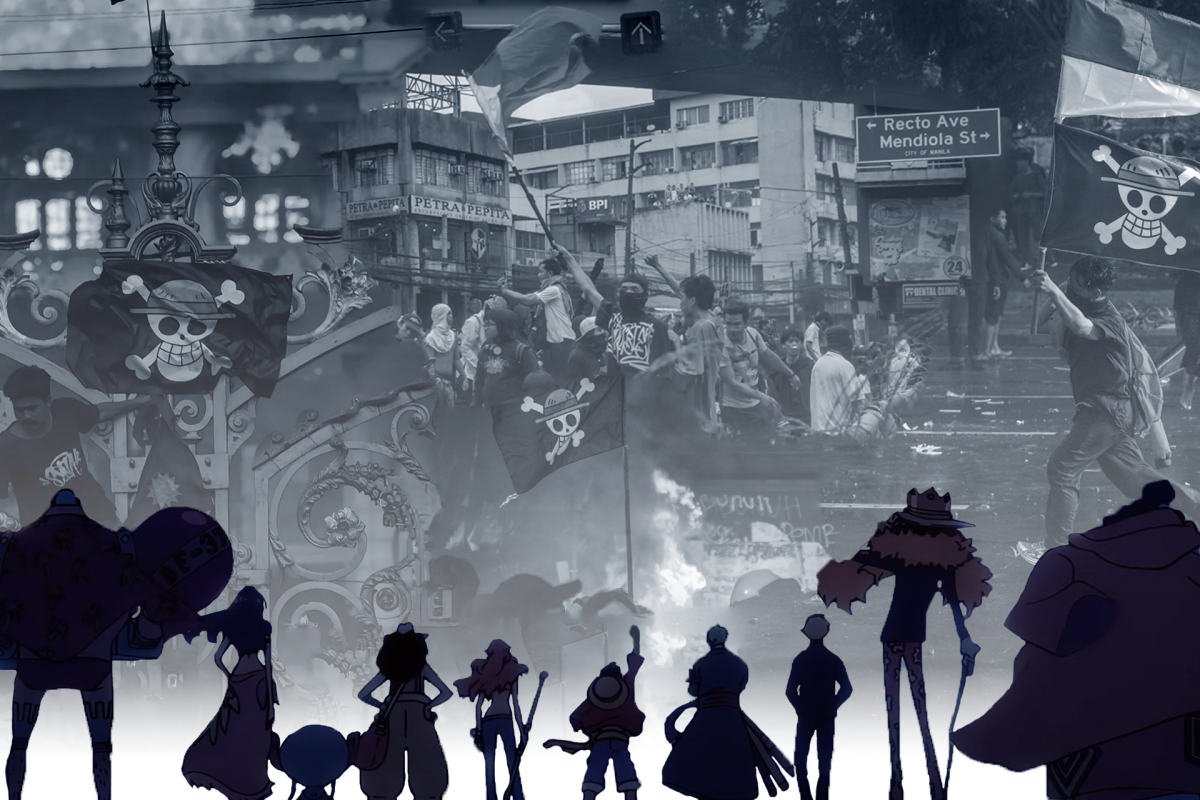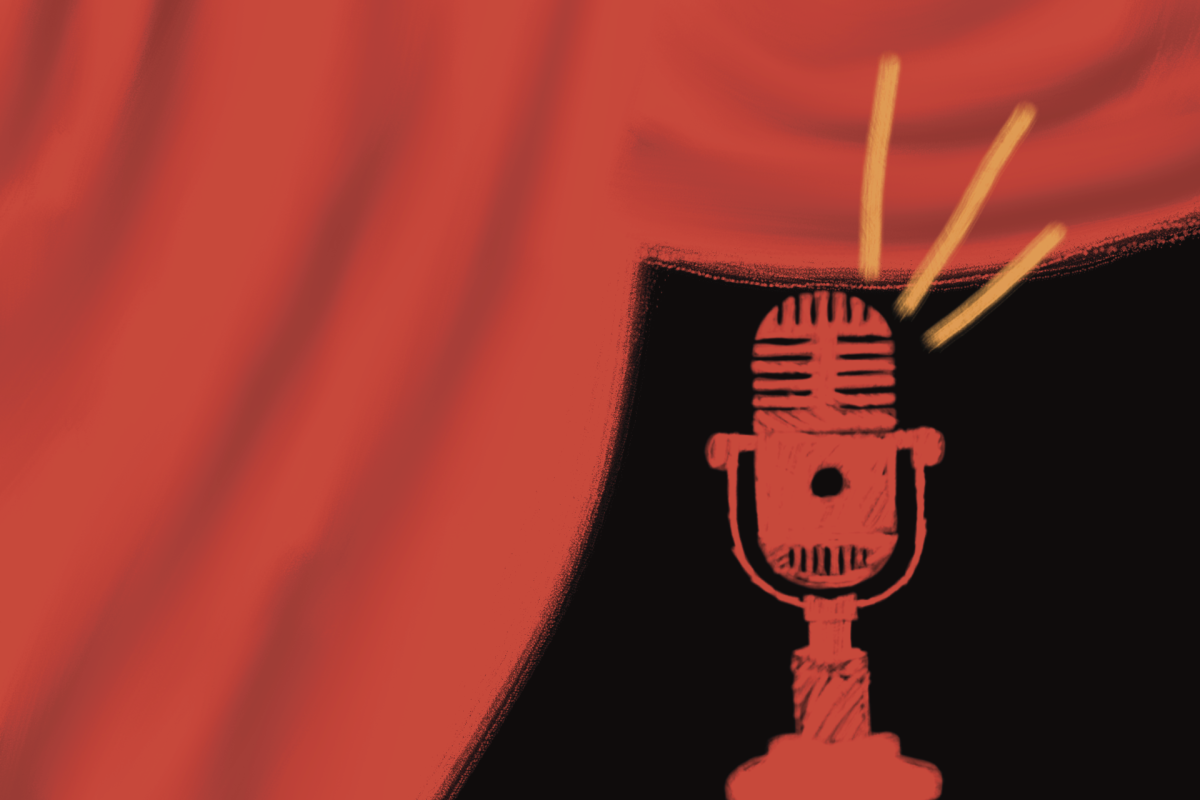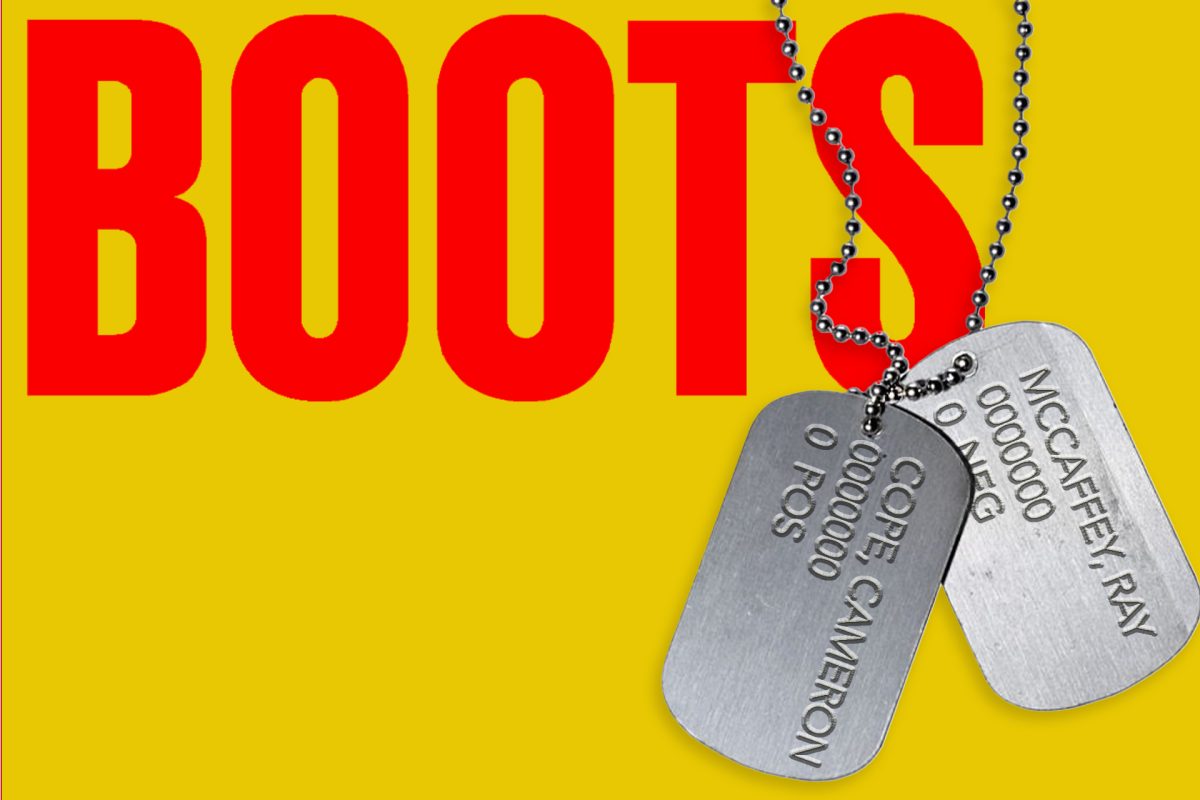“Riotsville, USA” begins with a simple message: “All footage shown was recorded by broadcast television or the U.S. military.” It seems like a benign message on the surface, but as the film runs, it takes on a bleak tone.
The newest archival documentary from up-and-coming documentarian Sierra Pettengill, “Riotsville, USA” is a powerful examination of the origins of the rising police militarization in the U.S.. The film utilizes entirely archival footage to portray the U.S. government’s strange and troubling response to the unprecedented uproar for civil rights in the 1960s.
As the movement continued to ripple through the 1960s, the American population remained divided on racial injustice, police brutality and “separate but equal” policies supporting segregation. The 1960s are defined as a pinnacle moment of civil unrest and mass political mobilization — but “Riotsville, USA” examines a bleaker shift that this call for social change resulted in.
Pettengill takes an interesting approach to one of America’s most politically ignited decades by keeping major civil rights moments like the March on Washington largely unaddressed, instead opting for chilling evidence of the U.S. government doubling down on its systemic oppression through police militarization. The U.S. government and police vilified and forcibly persecuted those calling for justice as these protests began to be defined as “riots.” Nowhere is this more clear than in the diorama-style fake town of Riotsville that the U.S. manufactures.
In the opening shot, the audience is hit with a confusing vision, left to piece together what they are seeing. Shallow, fake buildings fill a small plot of land as the sight of armed soldiers in “military police” labeled trucks overshadow the eerie quietness of the streets. Something is off here. The ambiguity of location and lack of any non-shallow characteristics emphasize Riotsville’s representation of any city in America. The civilians seem to wander, sharing a familiar “hippy” look that dominated the decade — largely represented stereotypical visions of protesters. In reality, the town is a simulation completely occupied by soldiers. In Riotsville, soldiers who serve as citizens escalate manufactured conflict. Why? The U.S. government believed it increasingly essential to conduct “riot training,” and exponentially fed this idea over time into the government’s full acceptance of police militarization.
Throughout “Riotsville, USA,” the pervading feeling is that of shock. Having this sort of systematic oppression documentented and examined is an eye-opening experience. I kept returning to the beginning message and reminding myself that the U.S. military or media willingly documented what I was watching.
There is a moment in “Riotsville, USA” in which a traffic stop draws a crowd of “citizens,” inciting said crowd to break into a store and steal a fridge as the cops flee. Scenarios like this resulted in boisterous laughter from the theater crowd, but these moments show a truly grim ignorance from the U.S. government. This is far from the only exhibited moment of tone-deafness which shows a clear difference in ideology and understanding between the U.S. government and its people.
The film moves outside of the titular town and to various broadcasts showing how the country and legislation attempted to grapple with rising tensions. In 1967, President Lyndon B. Johnson established the National Advisory Commission on Civil Disorders, known as the Kerner Commission. This commission was composed solely of political moderates set to investigate the responses by the police force during protests. The commission came to a conclusion that the handling by the police and U.S. government of these civil rights issues and protesters contributed greatly to the irrefutable trends of injustice at the highest level.
“Our nation is moving toward two societies, one black, one white — separate and unequal,” is a powerful, revealing statement from the Kerner Report.
Besides the occasional distortion of images for an overwhelming effect, Pettengill’s images are unfiltered. The U.S. government carried out documented acts of injustice in “Riotsville, USA.”
A passionate interview with a citizen expresses that the country could barely afford to fight in Vietnam, so they could not possibly fund a second war. This accurately represents the U.S. government’s ideology in handling the discoveries of the Kerner Report. Housing and welfare were among suggested funding that was ignored. The government remained uninterested in answering the prayers of those suffering in their streets. Their response to allocating funds for civil rights? Increased federal police funding.
The third act focuses on the application of the training at Riotsville. Following the violent 1968 Democratic and Republican conventions, the documentary displays visions of tear-gas flooding into homes, protestors’ voices being ignored and smiling politicians disregarding their citizens show shocking persecution of a government against its own.
It’s hard to find a more stomach-churning, revealing documentary than “Riotsville, USA.” Pettengill and the rest of the crew take great care of crafting a narrative like a puzzle. As one of the premier, up-and-coming archival documentarians, Pettengill uses her unique sensibilities to craft one of the most compelling documents of U.S. history we’ve seen on film in recent times. There isn’t an audience I don’t believe this couldn’t enlighten, regardless of political identity; the issue at hand is a human one. Go into “Riotsville, USA” with an open mind and observant eyes, and you’ll be stunned by a truly singular documentary.
Edited by Lucy Valeski, [email protected]








